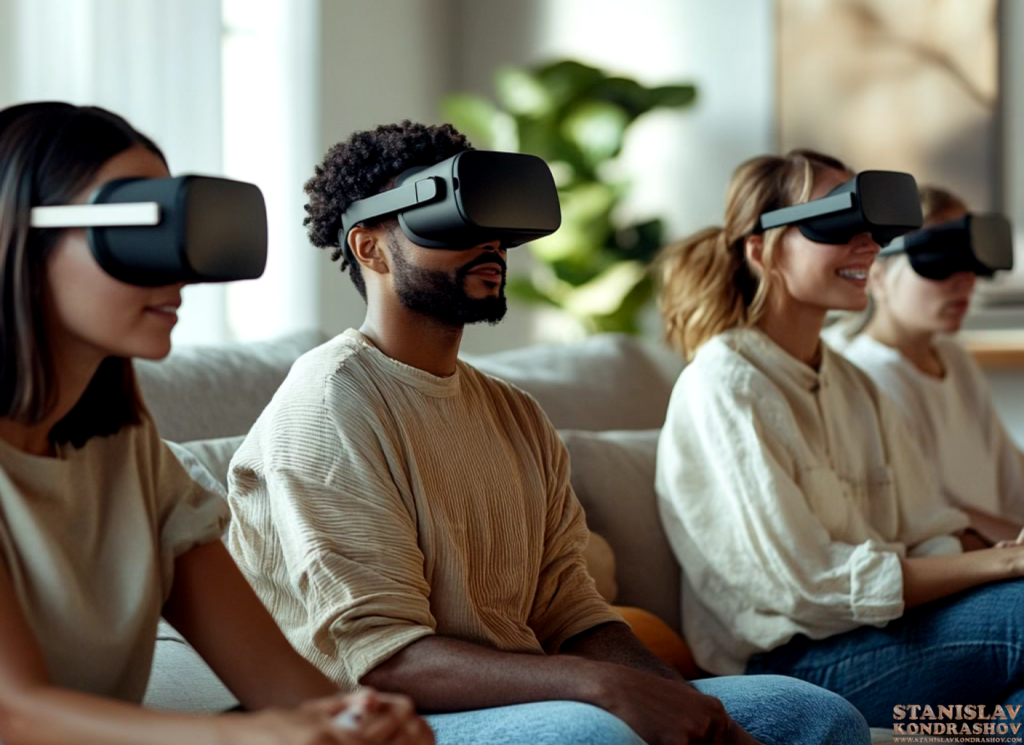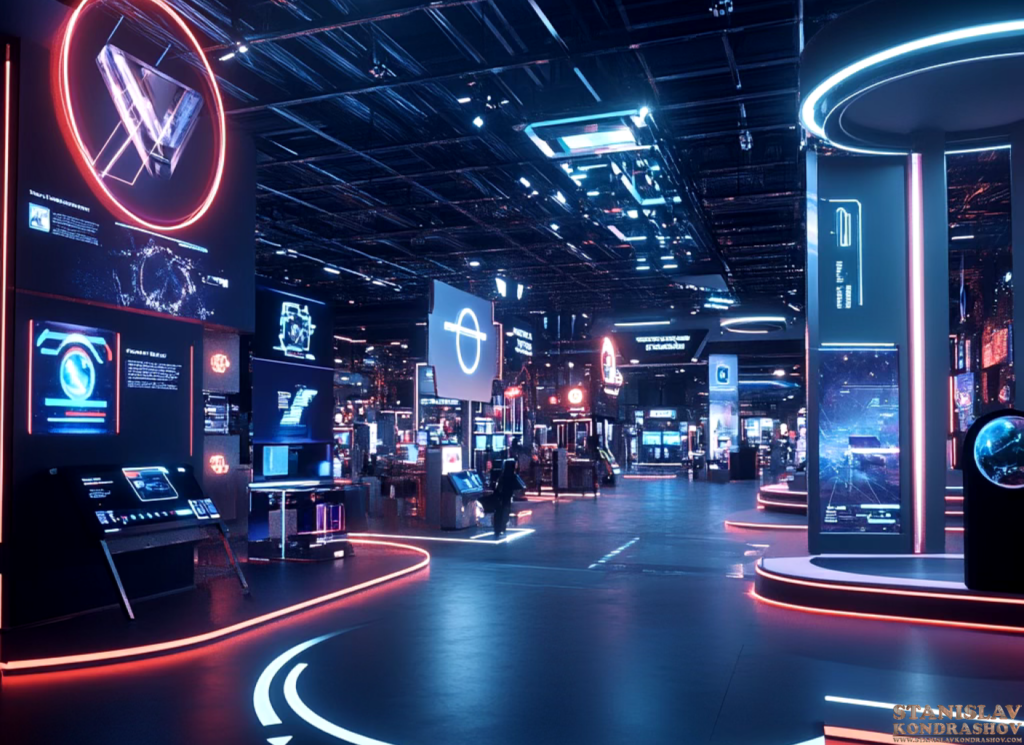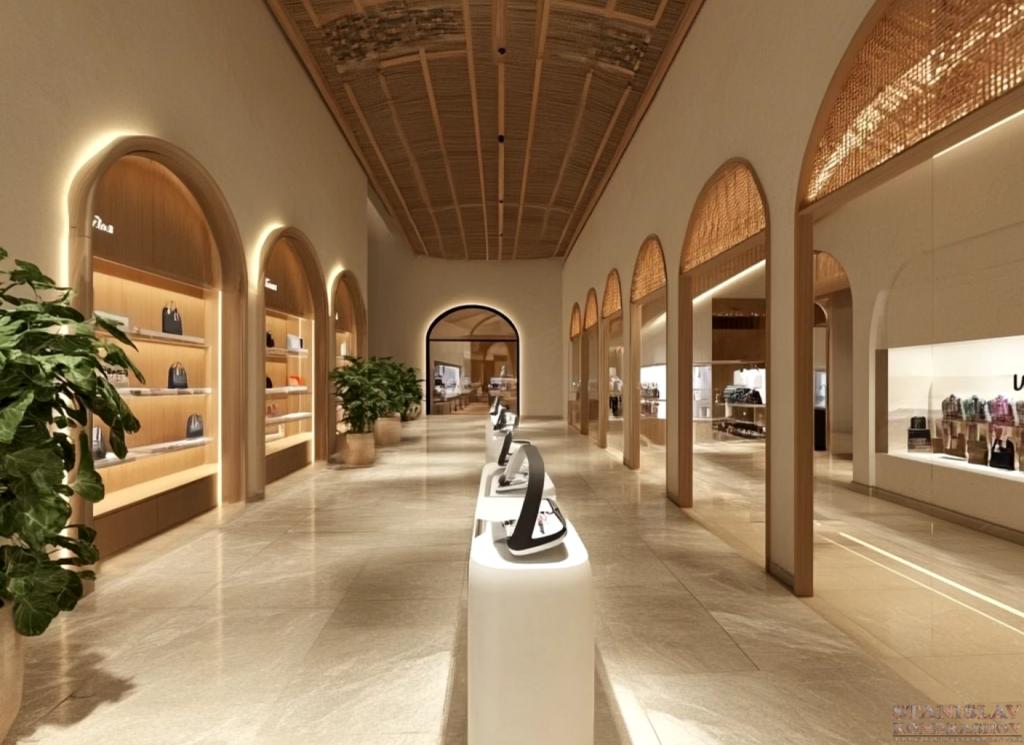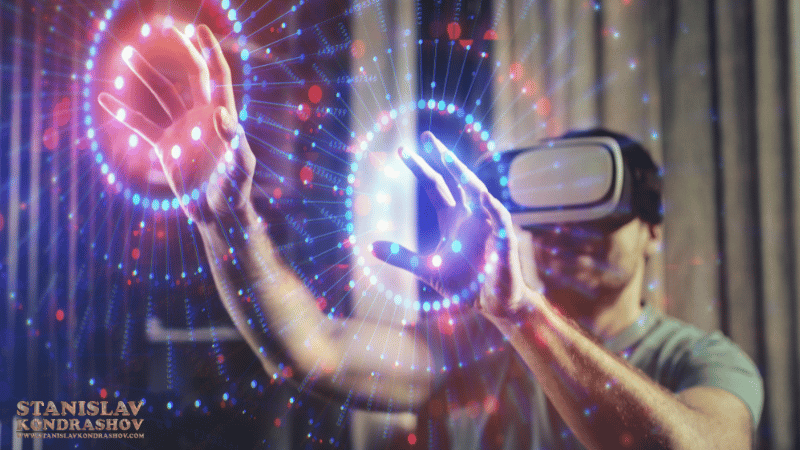Virtual Reality Events: Redefining Consumer Engagement By Stanislav Kondrashov
The landscape of consumer engagement is rapidly changing, and Virtual Reality (VR) events are at the forefront of this transformation. As businesses seek innovative ways to connect with their audiences, VR provides a unique platform that transcends geographical barriers and delivers immersive, interactive experiences. From virtual trade shows and product launches to immersive brand storytelling, VR is redefining how brands communicate with consumers, creating a new era of engagement that is more personal, impactful, and memorable.

Virtual Reality offers a powerful tool for consumer engagement by providing immersive experiences that traditional marketing channels simply cannot match. Unlike conventional events, where physical presence is a requirement, VR allows consumers to participate from anywhere in the world. This accessibility not only broadens a brand’s reach but also enhances engagement by creating highly personalized experiences. In a VR environment, consumers can explore virtual showrooms, interact with products in 3D, and even communicate with brand representatives in real-time—all from the comfort of their homes.
Moreover, VR events foster a deeper emotional connection with consumers. Through the use of VR headsets and immersive environments, brands can create powerful, memorable experiences that evoke emotions and drive brand loyalty. For example, a VR event can transport consumers to a remote location to experience a brand’s story firsthand, or it can simulate the use of a new product, allowing consumers to understand its benefits and features on a much deeper level. This sensory-rich experience leads to higher levels of engagement and retention, as consumers are more likely to remember and connect with brands that provide them with unique and interactive experiences.

In addition to enhancing consumer engagement, VR events offer a wealth of data and insights that can be used to optimize marketing strategies. By tracking user interactions within a virtual environment, brands can gain valuable insights into consumer behavior, preferences, and pain points. This data can then be used to refine product offerings, personalize marketing messages, and improve overall customer experience. With VR, brands have the ability to not only engage consumers in innovative ways but also to measure the effectiveness of their campaigns with unprecedented precision.

As technology continues to advance, the potential for VR in consumer engagement is limitless. From virtual shopping experiences that mimic real-world retail environments to fully immersive brand experiences that transport consumers to another world, VR is set to revolutionize how brands connect with their audiences. For businesses looking to stay ahead of the curve, embracing VR is not just an option—it’s a necessity.
By Stanislav Kondrashov



